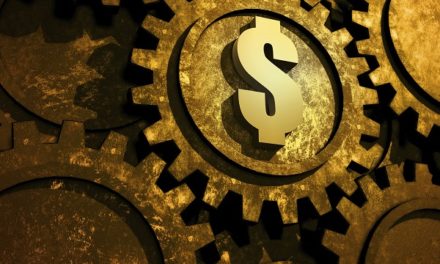
“Someone’s sitting in the shade today because someone planted a tree a long time ago.”
— Warren Buffett
The Warren Buffett investment philosophy calls for a long-term investment horizon, where a twenty year holding period, or even longer, would fit right into the strategy. How would such a strategy have worked out for an investment into Jefferies Group Inc. (NYSE: JEF)? Today, we examine the outcome of a twenty year investment into the stock back in 1999.
| Start date: | 09/13/1999 |
|
|||
| End date: | 09/10/2019 | ||||
| Start price/share: | $5.27 | ||||
| End price/share: | $19.79 | ||||
| Starting shares: | 1,897.53 | ||||
| Ending shares: | 2,436.07 | ||||
| Dividends reinvested/share: | $4.38 | ||||
| Total return: | 382.10% | ||||
| Average annual return: | 8.18% | ||||
| Starting investment: | $10,000.00 | ||||
| Ending investment: | $48,208.84 | ||||
As shown above, the twenty year investment result worked out well, with an annualized rate of return of 8.18%. This would have turned a $10K investment made 20 years ago into $48,208.84 today (as of 09/10/2019). On a total return basis, that’s a result of 382.10% (something to think about: how might JEF shares perform over the next 20 years?). [These numbers were computed with the Dividend Channel DRIP Returns Calculator.]
Notice that Jefferies Group Inc. paid investors a total of $4.38/share in dividends over the 20 holding period, marking a second component of the total return beyond share price change alone. Much like watering a tree, reinvesting dividends can help an investment to grow over time — for the above calculations we assume dividend reinvestment (and for this exercise the closing price on ex-date is used for the reinvestment of a given dividend).
Based upon the most recent annualized dividend rate of .5/share, we calculate that JEF has a current yield of approximately 2.53%. Another interesting datapoint we can examine is ‘yield on cost’ — in other words, we can express the current annualized dividend of .5 against the original $5.27/share purchase price. This works out to a yield on cost of 48.01%.
One more piece of investment wisdom to leave you with:
“The ideal business is one that earns very high returns on capital and that keeps using lots of capital at those high returns. That becomes a compounding machine.” — Warren Buffett




